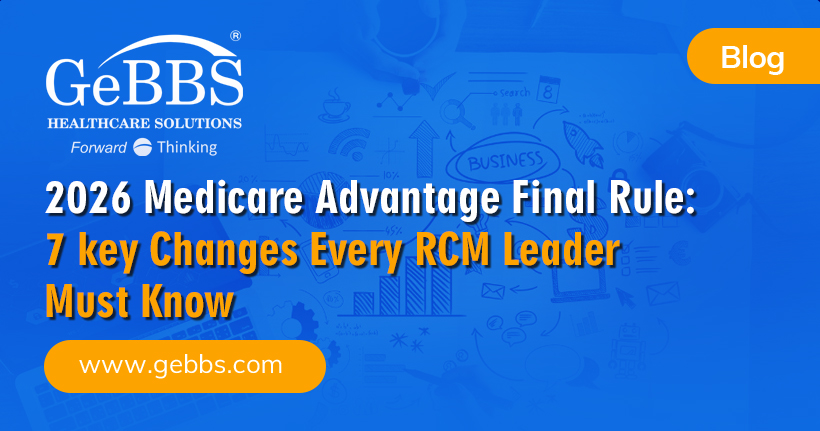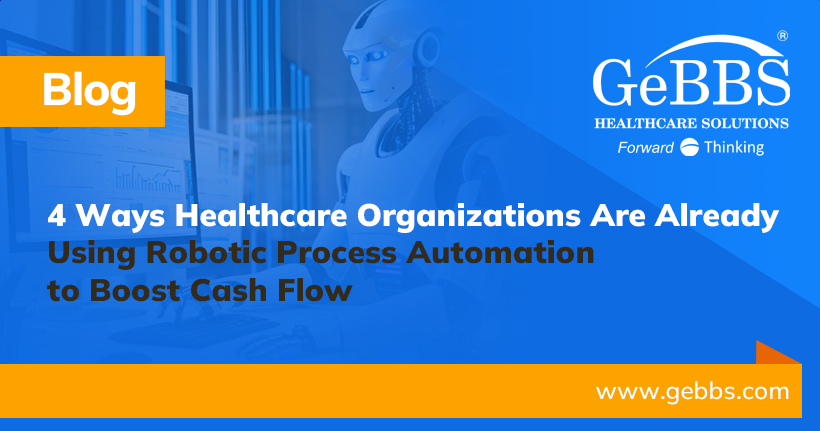There are several solutions to the modern medical coding challenges faced by physicians, hospitals, health networks, and home care and hospice providers. But the most valuable and practical may be single-source coding.
Also known as single-path coding, single-source coding is an idea whose time has arrived. Though single-path coding predates the pandemic, the coronavirus crisis and ongoing healthcare labor shortage have prompted more healthcare leaders to embrace single-source medical coding and realize its corresponding benefits.
A Singular Solution: The Move Toward Single-Path Medical Coding
Single-source coding is more than just a partnership with a third party to handle an organization’s medical coding tasks.
The idea of single-path coding is related to the single source of truth (SSOT) approach employed by information systems, including those utilized by healthcare providers and payers. SSOT structures information so that master data exists in a single source that can be accessed from any location. Updates to the master data are distributed throughout all linked systems.
The electronic health record (EHR) is one example of SSOT in practice. When a physician or medical facility updates a patient’s EHR, the new information is readily available to others in the patient’s care chain as well as the patient’s healthcare payer. Having an SSOT for an EHR also provides security, identity validation and comprehensive care data.
When it comes to medical coding, single-source coding eliminates the need to have separate physician (aka professional) and facility coders. Traditionally, physician/professional coders capture data related to clinical services and connect those services with billing codes while facility coders log charges for care components such as medical supplies, the use of technical equipment and prescription drugs.
Separating professional and facility coders contributes to duplicated information and decreased productivity, as well as coding errors including missed charges or incorrect charges. This separation can also create data silos, in which one collection of coded data is not shared with others in the data chain. These factors ultimately lead to delayed reimbursements or denied claims, slowing the revenue cycle and diminishing profitability.
Despite its drawbacks, multi-source medical coding has remained the standard for many healthcare providers. Although the pandemic and the Great Resignation have spurred some to reconsider single-path coding as they cope with overburdened staffs and a dearth of skilled workers, including experienced medical coders.
Single-Path Coding at Work
Two relatively early adopters of single-path medical coding were academic health systems: the University of California San Diego Health and the University of New Mexico Hospitals, both of which began transitioning to single-workflow coding in the wake of 2015’s ICD-10 coding mandate.
Both institutions found that single-path coding improved coding productivity, increased accuracy and accelerated reimbursement. The University of California San Diego Health reported that single-source coding bolstered its clean claim rate and increased coding productivity by 74 percent.
Single-path coding also cuts overhead costs by reducing the number of coders required to capture data for each record. This further reduces the possibility of coding variances in physician charges and facility fees. In addition, single-path coding verifies that all edits and modifiers are being entered at the coding source.
So why aren’t more providers using single-path coding internally or working with a single-source coding partner?
Single-Source Coding: The Challenge (and The Answer)
Perhaps the biggest hurdle to the widespread implementation of single-path coding is a lack of adequately trained coders in physician and facility coding. Another obstacle is the technology architecture required to accommodate single-source coding.
Single-patch coders must possess deep knowledge of professional and facility coding and be up to date on state and federal regulations that affect both coding types. Meanwhile, an organization must build a structure for how different types of claim data will flow from that sole coding source.
But the benefits of single-path medical coding need not be limited to large healthcare networks with expandable IT infrastructures and the budgets to tackle internal transitions from conventional multi-source coding to single-source coding. An accomplished third-party vendor can provide reliable single-path coding as a standalone service or as part of a scalable, end-to-end revenue cycle management (RCM) solution.
When assessing single-source coding partners, notable considerations include:
Healthcare Expertise
Some firms that offer medical coding services neither specialize in healthcare nor understand the nuances of physician/professional and facility coding. This may negate the advantages of single-path coding by causing coding errors that spawn claim denials and payment delays, as well as potential compliance problems.
Education, Training and Certifications
A qualified coding partner maintains a team of educated coders with extensive hands-on experience and access to ongoing training to remain abreast of coding updates. Coders should also be certified by either the American Health Information Management Association (AHIMA) or the American Academy of Professional Coders (AAPC) or both to ensure alignment with best practices.
Knowledge of State and Federal Regulations
The federal government has medical coding guidelines, and individual states also have their own rules regarding certain facets of medical coding. It’s crucial to work with a coding team that possesses knowledge of state-by-state differences and stays up to speed on changes at the state and federal levels.
Diverse Healthcare Payer Knowledge
Medical coding involves translating data from a patient’s medical record into billable information. Accurate coding that aligns with the different payer formats is essential to clean claims and timely reimbursement. Medical coding providers should be familiar with healthcare payers of all types and sizes, whether government, commercial or private.
Productivity and Accuracy Standards
A medical coding team’s worth is directly tied to its productivity and accuracy, and precise medical coding is the foundation for a healthy revenue cycle. Yet one study of individual internal medical coders found that the average inpatient coder accuracy is just over 60 percent. A reputable coding partner can offer a scalable coding team with productivity benchmarks and accuracy standards of 95-percent plus.
Technological Capabilities
Effective medical coding is a seamless blend of people and technology. A state-of-the-art coding provider should have an infrastructure that supports single-source coding and can share data with and process data from other systems.
Complementary Services
A single-source medical coding solution may be used in conjunction with other RCM and health information management (HIM) services to further streamline productivity, amplify revenue and enhance the patient experience. Billing, telehealth and patient-access solutions are natural complements to third-party coding resources.
GeBBS Healthcare Solutions: Forward Thinking
GeBBS Healthcare Solutions is dedicated to providing advanced HIM and RCM services that deliver measurable results.
GeBBS’s medical coding solutions can be deployed in partnership with an organization’s existing coding team or as a single-source coding option that provides comprehensive service. GeBBS has earned widespread accolades for its blend of specialized human resources and innovative technology. The company is ranked among Modern Healthcare’s Top 10 Largest RCM Firms, Black Book Market Research’s Top 20 RCM Outsourcing Services and Inc. 5000’s Fastest-Growing Private Companies in the United States.
Visit gebbs.com today to schedule a consultation and learn how single-path coding can help optimize your revenue cycle.






